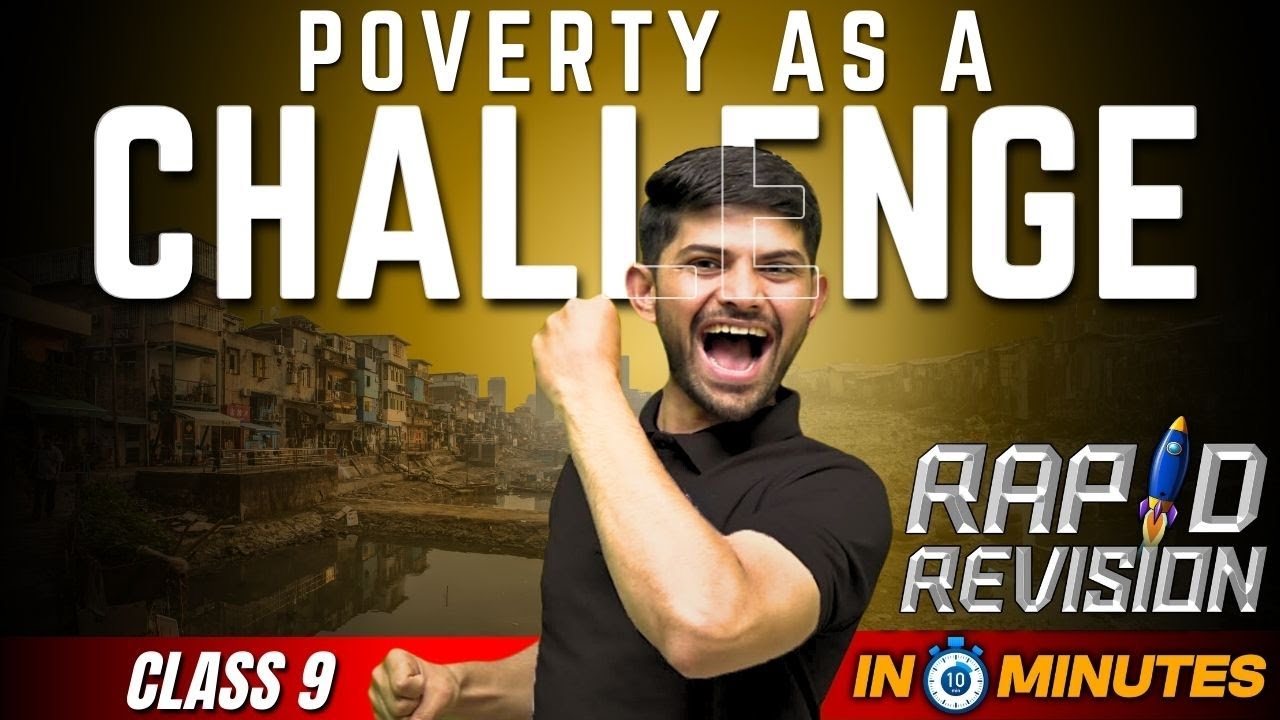Your Community | Types of Community - Social Studies for Kids | Kids Academy
Summary
TLDRThis video introduces the concept of communities, explaining three common types: urban, suburban, and rural. It describes urban areas as large, crowded places with tall buildings, traffic, and transportation, like New York City. Suburban communities, located near cities, have less traffic and more spacious homes, with many people commuting to nearby urban areas for work. Rural communities are sparsely populated, with open farmland, animals, and houses far apart. Viewers are encouraged to reflect on the type of community they live in. The video concludes with an invitation to subscribe for more content.
Takeaways
- 🏙️ An urban community is characterized by a large and highly populated area with tall buildings like skyscrapers, traffic, and various modes of transportation.
- 🌃 New York City is an example of an urban community, known for its busy lifestyle and being called the 'city that never sleeps' due to its continuous bright lights.
- 🏠 In urban areas, people typically live in apartment buildings due to the high population density and limited space.
- 🚄 A suburban community, or suburb, is less populated than an urban area, with smaller buildings and less traffic. People often commute to nearby cities for work.
- 🚞 The L train from Chicago is an example of how people commute between suburban areas and the city.
- 🏡 Suburban homes are often spacious with amenities like large backyards and garages, providing more space and privacy compared to urban dwellings.
- 🌾 A rural community has very few people and buildings, primarily consisting of farmland, natural scenery, and animals.
- 🏘️ In rural areas, houses are spaced far apart, with some being miles away from one another, offering a more isolated and peaceful living environment.
- 🌳 Rural living often involves close interaction with nature, which can be appealing to those who prefer a quieter and more tranquil lifestyle.
- 🏞️ The video encourages viewers to reflect on the type of community they live in and consider the features and characteristics that define it.
Q & A
What are the three common types of communities discussed in the script?
-The three common types of communities discussed are urban, suburban, and rural.
How is an urban community characterized in the script?
-An urban community is characterized as large and highly populated with tall buildings, skyscrapers, traffic, and transportation.
What is a notable example of an urban community mentioned in the script?
-New York City is mentioned as a notable example of an urban community.
What is the nickname for New York City and why is it called that?
-New York City is called 'the city that never sleeps' because its bright lights stay on all night long.
What type of housing is common in urban communities according to the script?
-In urban communities, most people live in apartment buildings.
What is the difference between an urban and a suburban community in terms of population and buildings?
-A suburban community is less populated than an urban community and has smaller buildings compared to the tall skyscrapers found in urban areas.
What is the term for people who live in suburban communities and travel to a nearby city for work?
-People who live in suburban communities and travel to a nearby city for work are called commuters.
How do people in suburban communities typically get to work, according to the script?
-People in suburban communities typically drive to work, as there are not many buses and trains available.
What type of housing and amenities are common in suburban communities?
-In suburban communities, people usually live in spacious and beautiful homes with amenities like large backyards and garages.
How is a rural community described in the script?
-A rural community is described as having very few people and buildings, consisting mainly of farmland, with small houses spaced far apart.
What kind of natural scenery might one expect to see in a rural community?
-In a rural community, one might expect to see lots of animals and natural scenery such as trees and grassy plains.
Outlines

此内容仅限付费用户访问。 请升级后访问。
立即升级Mindmap

此内容仅限付费用户访问。 请升级后访问。
立即升级Keywords

此内容仅限付费用户访问。 请升级后访问。
立即升级Highlights

此内容仅限付费用户访问。 请升级后访问。
立即升级Transcripts

此内容仅限付费用户访问。 请升级后访问。
立即升级浏览更多相关视频

Teori Interaksi Desa Kota dan Dampak Interaksi Desa Kota

5 Underrated Neighbourhoods for Families Living in Ottawa

O Mistério das Ruas Desertas nos EUA 🇺🇸

O QUE É URBANIZAÇÃO? RESUMO E CONCEITOS | QUER QUE DESENHE?

Poverty as a Challenge | 10 Minutes Rapid Revision | Class 9 SST

Interaksi Sosial, Kelompok Sosial, dan Masyarakat
5.0 / 5 (0 votes)
